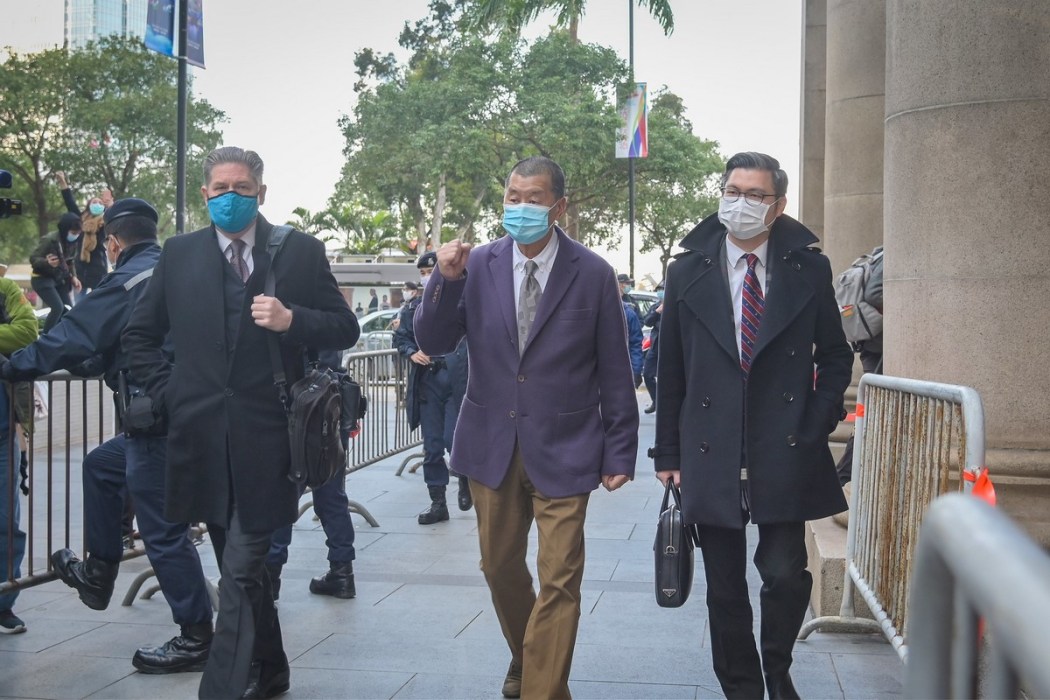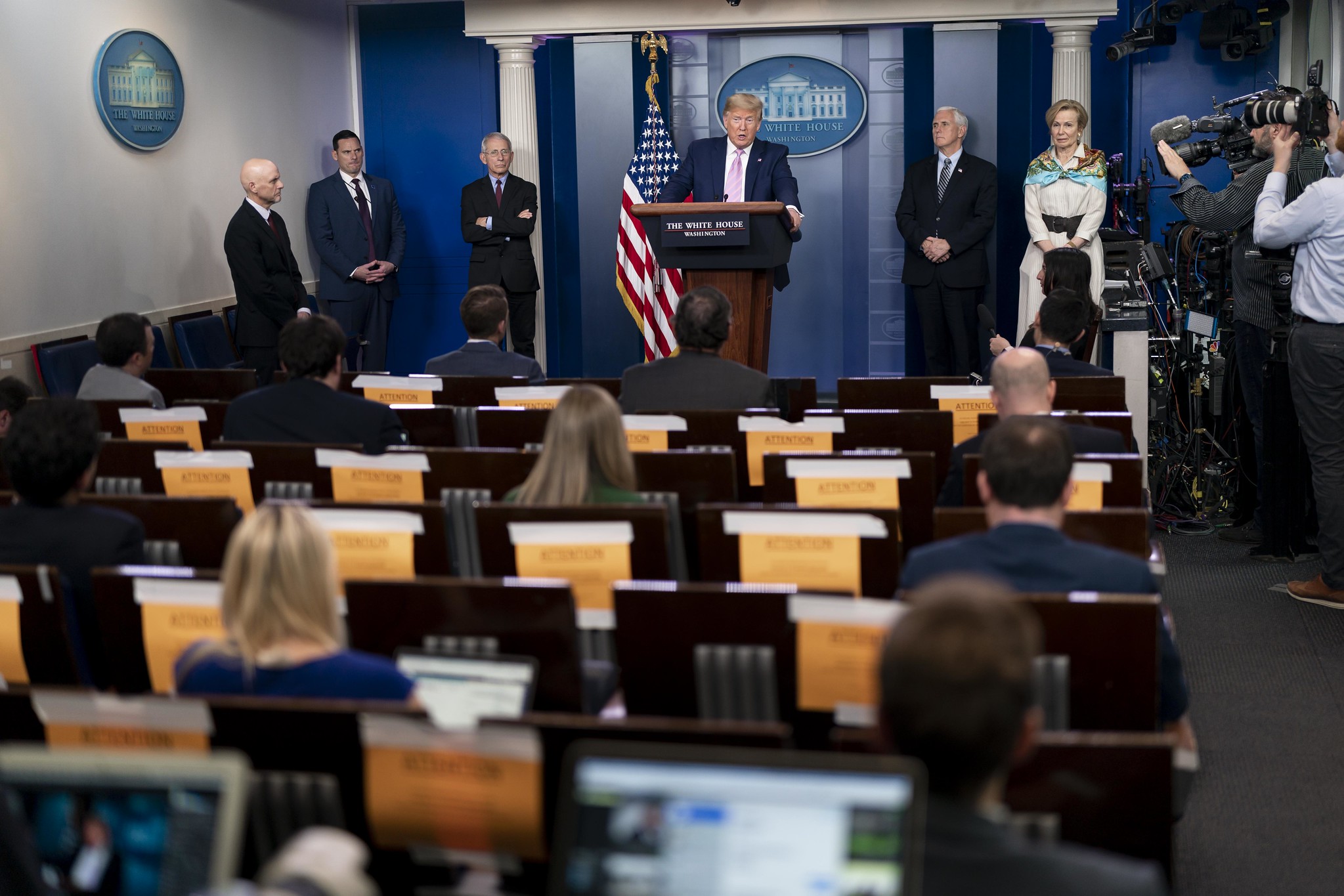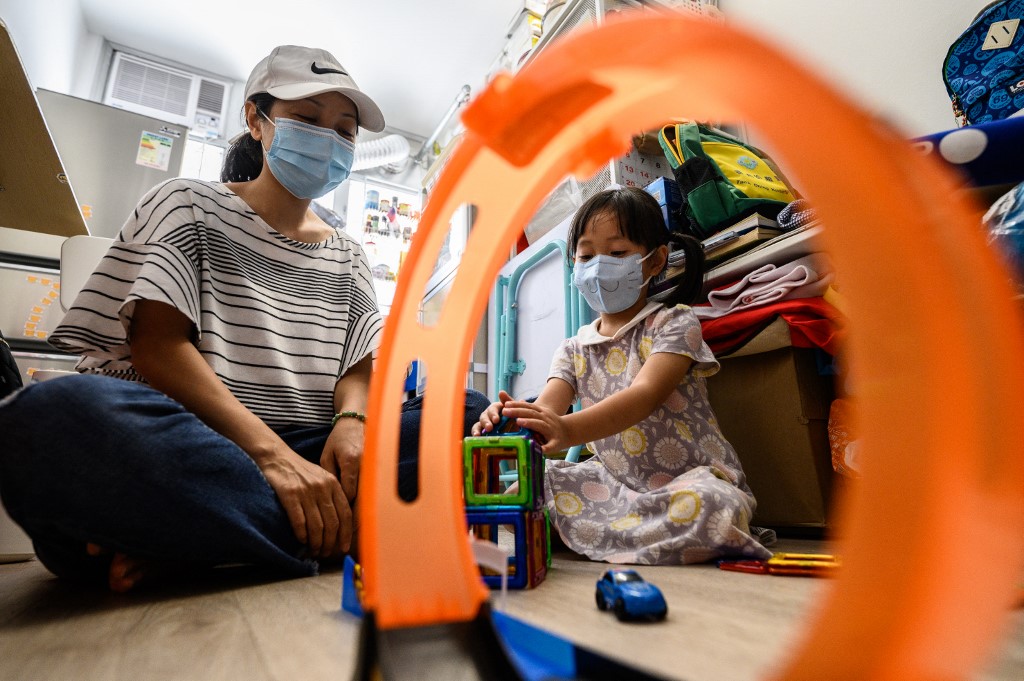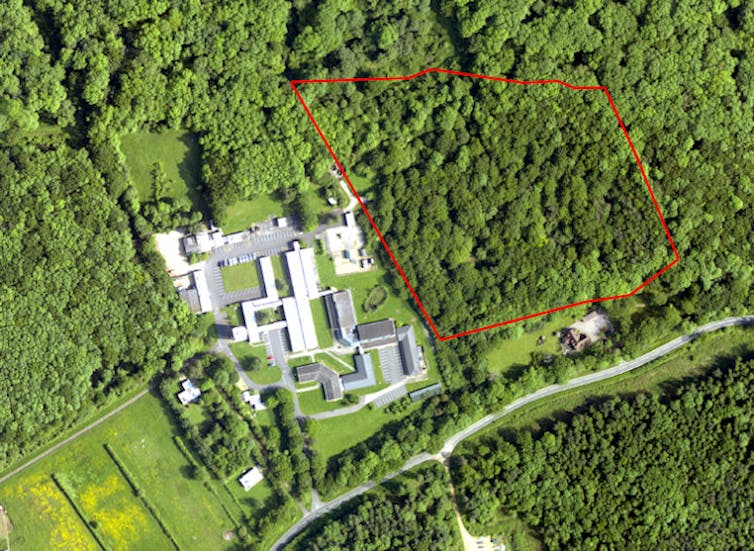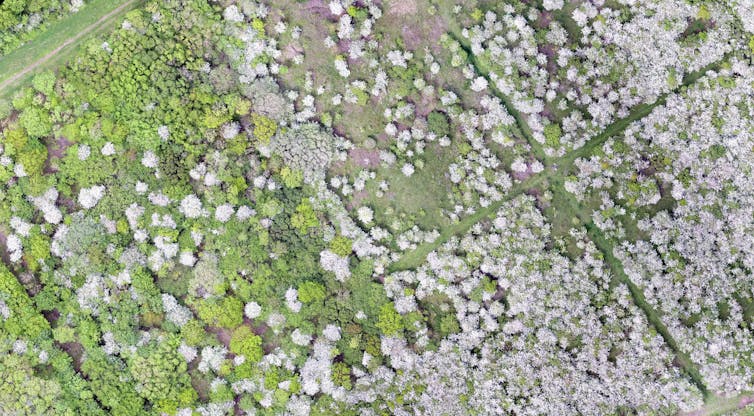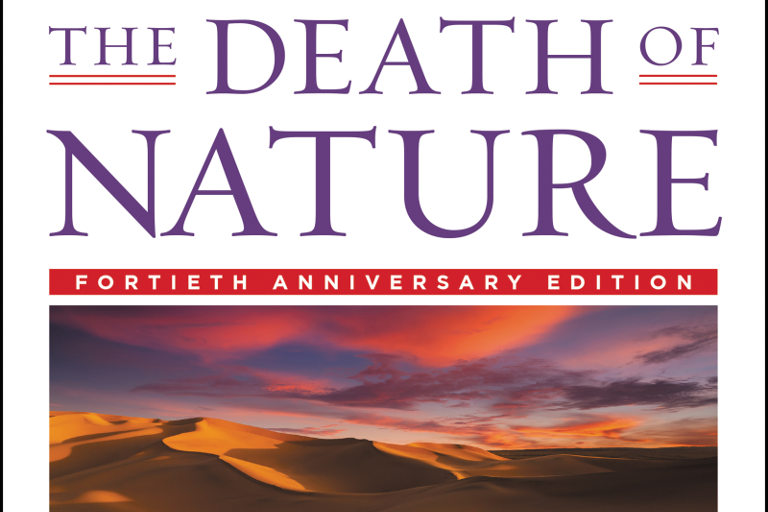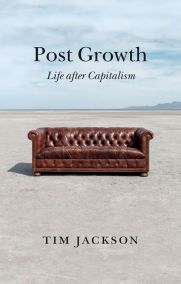On the lookout for rising stars that are 'solving a profound problem or delivering an unmet need'
Author of the article: Barbara Shecter
Publishing date: June 11, 2021

Olivia Steedman chuckles when she thinks about the first tech investment she made for the Ontario Teachers’ Pension Plan.
Now the senior managing director of the pension’s ambitious innovation investment platform, in 2017 Steedman was still part of the team that had built Teachers’ into a major force in infrastructure. The field was getting crowded, though, as others had caught on to the value in the asset class, causing return compression and forcing them to adjust their strategy.
“What we decided to do was to take on earlier stage infrastructure risk, kind of like when you’re in equities and you go to venture, you just move a little bit earlier, which for infrastructure meant taking on construction risk and development risk,” Steedman recalled in a recent interview.
In early 2018, they invested in Stem Inc., an artificial intelligence-powered energy storage company based in Silicon Valley and backed by investors including the venture capital arms of General Electric and French energy giant Total SA.
“To be honest, looking back on it, I was initially so focused on the infrastructure element — the project finance piece — the interesting venture-growth element only sank in later,” Steedman said.
We realized the opportunity around direct investing in venture tech companies is a whole new world, a whole new way to get returnOLIVIA STEEDMAN OF OTPP
Still, it whet her appetite for a repeat of the early days of pushing the established pension plan into new areas like they had done with infrastructure. So, when a decision was made to create a new specialized department within the pension giant devoted to investing in later-stage companies using technology to disrupt incumbents and create new sectors, she threw her hat in the ring.
“Quite similar to our initial conversations around infrastructure, we realized the opportunity around direct investing in venture tech companies is a whole new world, a whole new way to get return. And we should be doing more of that,” she recalled
“I was so excited about this idea, I put my hand up and said I can build this for you. I helped build infrastructure, (and) no I don’t have tons of venture tech experience, but I know the organization and I know how to build a team and together we’ll build something great here.”
These days, it’s impossible to miss the venture-growth aspect of Steedman’s investments. The Teachers’ Innovation Platform, known as TIP, made an immediate splash after launching in April 2019 with Steedman at the helm, choosing Elon Musk’s Space Exploration Technologies Inc. as its first investment. That financing round reportedly raised more than US$300 million for SpaceX (Teachers’ stake was not disclosed) and valued Musk’s company at more than US$33 billion, but it also signalled something important about TIP: Its goal was to be big and bold and put Teachers’ on the map when it came to late stage-venture companies looking for a serious partner.
It’s a bold course to bring a massive pension fund into the next frontier of investing. But it’s not entirely uncharted. A few decades ago, it was unusual to see a pension fund investing in real estate, yet pensions including Teachers’ are now among the largest players in the sector. Infrastructure investing, too, was in a nascent stage when Steedman joined the investment group in 2002. With an $880 million portfolio, it represented just one per cent of Teachers’ total portfolio. By 2019, it had ballooned to nearly $17 billion and represented eight per cent of the pension fund’s assets.
Already, TIP has $3.5 billion in investments and posted a 16.3 per cent return in 2020.
“It’s been such as amazing ride,” said Steedman, a civil engineer and chartered accountant by training who got into investing after working in project finance at a large accounting firm, and landed a job at Teachers’ in 2002 as an assistant portfolio manager.
Steedman sums up the common theme among companies in the TIP portfolio this way: they are taking a shot at “solving a profound problem or delivering an unmet need,” she said. It is that investment philosophy that drew her group to SpaceX.

Within six weeks of meeting with SpaceX officials, the investment was a go — before the full TIP team was even in place.
“It’s how we need to operate in this new space,” Steedman said, adding that it was immediately clear to the TIP team that the investment “could be the perfect emblem of what we want to do and where we want to play.”
The headline-worthy investment may be a calling card of sorts for Teachers’, but they were attracted to more than just the plans to ferry ordinary citizens on commercial flights into outer space.
SpaceX’s telecommunications satellite launch business was an equal draw, and the combination illustrates a key plank of the TIP investment strategy, Steedman said.
The pension fund is looking to invest in companies that have a platform or anchor business that can support the development of riskier “disruptive” technology and services.
“What was perhaps interesting to SpaceX was that … they know we’re a long-term investor, we follow on (with subsequent investments) in companies,” Steedman said.
“Where we have conviction around something we’re going to be there to support the company.”
Since that initial investment, Steedman has built a team of close to 20 people who work in three TIP offices: Hong Kong, London and Toronto.
Last October, Kelvin Yu, a private equity and venture veteran of Sequoia Capital, Fosun Group and Partners Group, was hired to lead the team in Asia.
Then in January, Rick Prostko, a veteran Silicon Valley venture capitalist who worked at Comcast Ventures and was an early investor in grocery delivery app Instacart Inc., was hired to build a presence in San Francisco and head up TIP’s direct investing business in North America.
Before joining the Canadian pension firm, Prostko had made an investment in Calgary-based Attabotics Inc., a 3D robotics warehouse and supply chain company that caught the attention of Steedman last year. In August, TIP led a US$50 million series C financing round for the company whose logistics, Steedman said, were inspired by an ant colony.
“(It’s) vertical, with robots travelling up, down and around in three dimensions to pick up the goods and deliver them to humans on the edge,” she said. “All of a sudden you can fit really dense large-scale warehouses into a much smaller footprint and therefore you can put them in places closer to the customers.”

Teachers’ hasn’t disclosed a target for the ultimate size of its disruptive tech platform, which accounted for around two per cent of the pension fund’s $221.2 billion in net assets at the end of 2020. In the short term, according to an advertisement for a managing director in London, TIP aims to deploy up to $2 billion each year in markets around the globe, with about three-quarters of that capital destined for direct investments and the rest invested through funds.
Steedman’s goal is to have Teachers’ be the first call when companies that fit the profile are looking for funding and an ongoing relationship. To do this, she is leaning heavily on the pension fund’s reputation as long-term investor with global expertise and connections.
So far, TIP’s investments have come from a mix of referrals and knocking on doors. Steedman said a “funds book” of earlier stage financings that Teachers’ tucked into TIP is part of the pipeline of referrals — providing access both to companies to invest in and potential investment partners among Silicon Valley’s leading venture capital firms. Company founders are also starting to spread the word.
“It’s a whole cocktail of different sources. The vision, and we’ll get there, is to be a known brand in this ecosystem,” she said.
“What we’re trying to do is build our relationships, not just with the founders, but other players in the ecosystem, and in many cases we are partnering with them as well.”
When it comes to targets, TIP’s team is thinking globally, making investments in Asia, Europe and North America.
“What we’re focused on is later stage venture. There may be one or two exceptions but generally you’re not going to see us investing in brand new companies,” Steedman said. “We like to see revenues, we like to see a certain kind of scaling happening before we come in, so typically we’ll invest at the Series B and beyond stages.”
One of the latest deal in the works involves Kitchener, Ont.-based education tech company ApplyBoard, according to sources, but officials at TIP and ApplyBoard declined to comment.
The TIP platform’s “target cheque size” for initial investments is between $25 million to $250 million.
Among its early investments, TIP led the series B financing for Kry, a Sweden-based healthcare company that matches doctors to patients. Already growing when the COVID-19 pandemic hit, the company doubled its customer count and expanded to more than 30 countries, with TIP participating in another round of funding.
Last November, TIP led the series C financing for Pony.ai, an autonomous vehicle company whose earlier investors included Toyota and Sequoia Capital. It obtained licences and permits in California and Beijing, and its competitors include Waymo, established under Google’s parent Alphabet, and China’s Alibaba.
“The reality is, we’re two years into this journey and I think we’ve had a lovely debut,” she said. “But we need to continue to build our brand and have us be top of mind for founders. I think that will come, we can see it coming already, (but) until we are the first name that pops into their head, we need to focus on how we can help these companies scale and grow.”
If we see something that’s beyond our risk appetite, we’ll walk awayOLIVIA STEEDMAN
As happened with infrastructure a few years ago, the tech sector has heated up, leading to some lofty valuations, which can make the investment game tougher.
“On the one hand, the valuation and what’s happened with businesses … have been great but you need to be very careful and very disciplined, Steedman said. “If we see something that’s beyond our risk appetite, we’ll walk away.”
She acknowledged that such choices aren’t always easy — or obvious.
The current environment, she said, is a time to be “super selective” and to come to the table with “well-researched views” on different sectors and situations, something that is a common philosophy across the Teachers’ pension plan. While every investment at TIP is made with a view to making money, there is also a recognition that there will be losers.
“That sort of goes with the territory with earlier stage investing. You are taking more risk so you should expect more bumps in the road and some losses,” Steedman said.
“We do every single deal with an expectation that it’s going to be a very successful outcome but we’re prepared for that.”
She is also focused on finding ways for TIP to participate in upside without overspending by playing up commitments other than cash.
“We see this quite bit with some of our founders … it’s not just money and valuation that they’re looking for. They’re watching the markets as well and they’re seeing things pop and maybe get a bit peaky, and you know, generally speaking they want someone in their cap table who’s going to help them scale and navigate highs as well as possible lows,” she said.
“They want people who are going to be there for the long term and help them deliver on their own ambitions. And that’s what we offer when we’re speaking with founders. We’re here for the long term and we’ll follow on as your business grows and things go well, we’ll be here for you.”
• Email: bshecter@postmedia.com | Twitter: BatPost

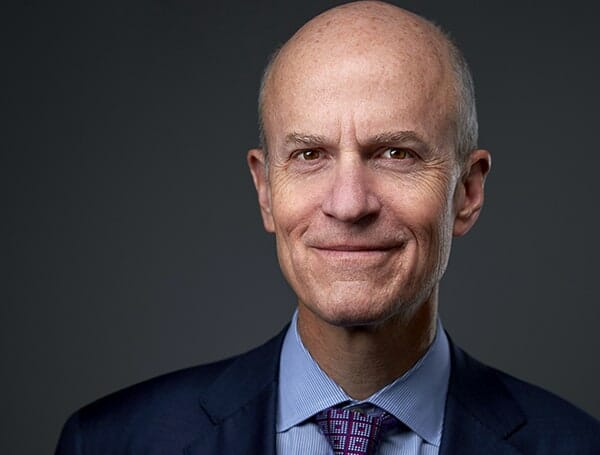

/cloudfront-us-east-1.images.arcpublishing.com/tgam/4MX7IO6QNFLWVMP7D54SAU2IYQ.JPG)

